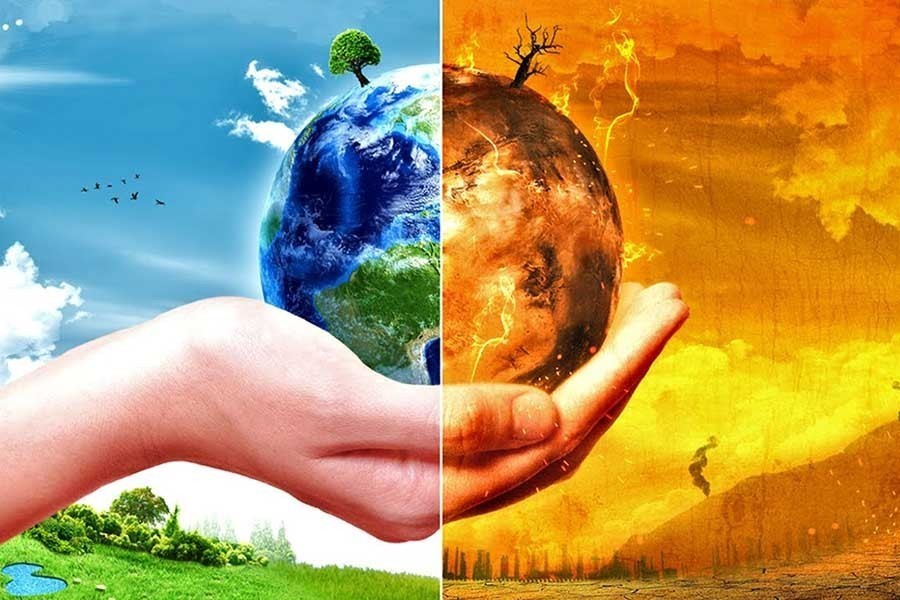Being the seventh most climate-vulnerable country in the world, Bangladesh is considering adapting its main focus towards addressing climate effects, according to the environment ministry.
Bangladesh has increased quantified emission reduction targets to 21.85 per cent below the business-as-usual level by 2030 in the updated NDC, submitted to the UNFCCC on 26 August last year.
The country is earnestly striving to ensure low carbon climate resilient sustainable development. The government, also, is committed to reducing greenhouse gas emissions as part of global efforts, said Deputy Minister for environment Habibun Nahar.
She said this while speaking virtually at a ministerial meeting of the Major Economies Forum on Energy and Climate (MEF) hosted by the United States Special Presidential Envoy for Climate John Kerry on Thursday.
“We have included agriculture and waste sectors along with energy and Industry to enhance the coverage of emission reduction, particularly reduction of methane emission from agriculture and waste sector,” the junior minister added.
“We are already working to reduce emissions from rice fields by scaling up use of alternative wetting and drying methods in fifty thousand hectares of rice fields. We are also working to reduce methane emissions from improved feed of livestock and improved manure management. In the waste sector, we are establishing a waste to energy plant in one, out of two Landfill sites in Capital Dhaka City,” she continued.
The deputy minister said following the call of the COP26, the country already started to consider revisiting its NDC in 2022.
The government has already cancelled 10 coal-based power plants worth $12 billion of foreign investment. We have recently drafted a National Solar Energy Roadmap and aim to have 40 per cent of our energy from renewable sources by 2041, she mentioned.
In the case of zero emission vehicles, the government has already given incentives to promote Hybrid vehicles, while the country is working on the electric vehicle policy to promote zero emission vehicles in the long run, she added.


